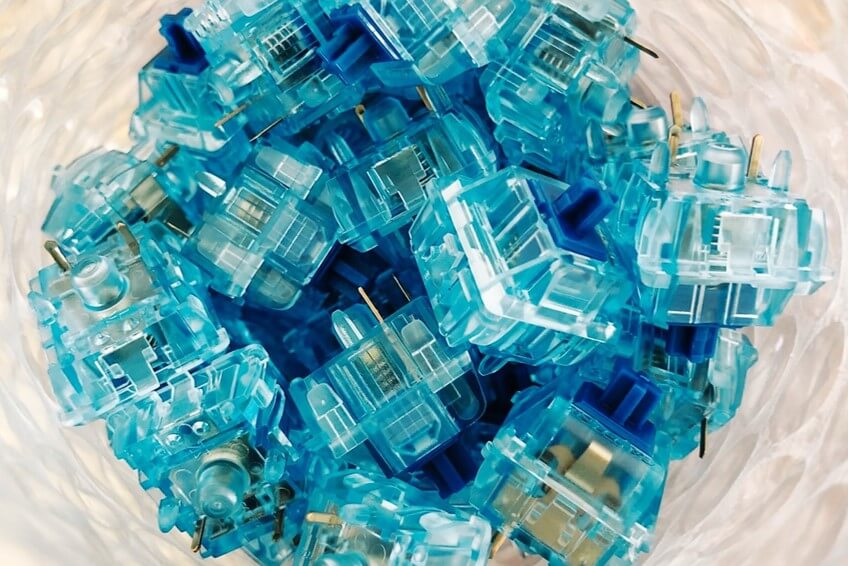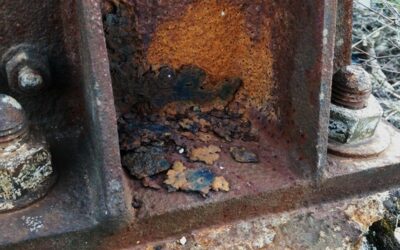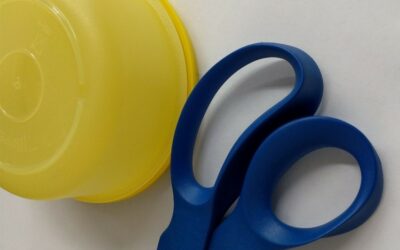This year we have discussed with almost every customer about the difficulty of getting components and the extremely long delivery times they have due to global component shortage. The lack of semiconductors has been a problem for a long time, but lately it seems that the availability is poor for a very wide range of components and also for raw materials.
In practice this means that more and more companies need to replace components and materials they have been successfully using to new ones which are available within reasonable time. If you need to do this, there is of course lots of factors to consider. One of the critical ones is the reliability of the new component compared to the old one. New component may not be good enough or it may have some problems which were not seen with the old one. Especially in demanding applications the risk for this is considerable and can be a major source of problems in the future.
Comparing old and new components
If you are replacing a critical component or material with a new one, you definitely should consider reliability issues and how to analyse them. From positive point of view, there is one important benefit when you are looking for a component or material to replace something that works well. This benefit is that you can use the old component as a reference in tests. Instead of trying to estimate the use life using reliability models or history reliability data, you can just compare the old and new and see how well their behaviour match.
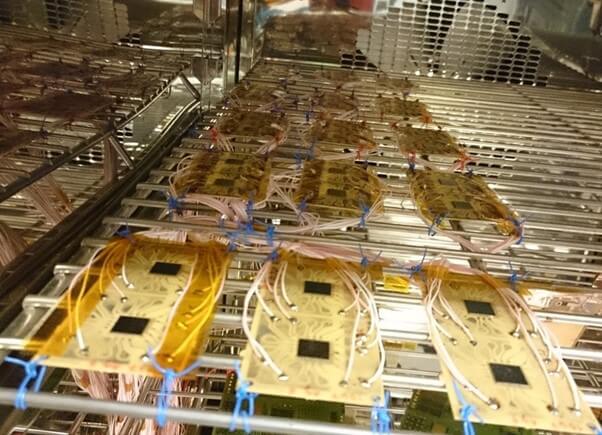
There are lots of test methods which can be used to compare new and old components and materials.
Even though having the old component is a major advantage, it is not always straightforward to compare the old and new components or materials. The comparison might require quite a lot of testing and analysis which means that the comparison is both time consuming and expensive. However, the risk of using a poor component is huge especially in an expensive device with a long use life. Therefore, it makes sense to put up the effort to do proper comparison testing.
How to compare old and new?
When you are thinking about how to compare the components or materials, the first thing to consider is the critical parameters for the studied application or device. For example, if you are replacing an electrical connector, it is vital to consider what are the most critical parameters for this particular component. Most likely the connector has critical electrical function, but its mechanical properties may also be very important and need to be considered. Moreover, the connector may be exposed for example to high temperature, fluctuation of temperature, humidity, or corrosive chemicals, which all need to be considered in test planning. On the basis of such facts, you can gather the most critical stresses and properties and find the most important test methods.
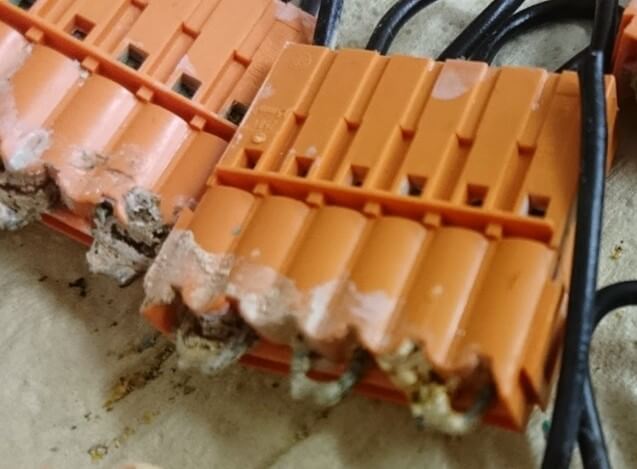
Connectors are often vulnerable to corrosion and this needs to be considered in test design.
As mentioned, in reliability testing having a reference is very useful. After testing, if you see changes or potential reliability issues, you can compare these to the old component. If the old one functions fine but the new has issues, it is easy to deduct that the new may be a potential reliability risk. This kind of testing and analysis, however, requires that the components or materials are quite similar. If you are considering something totally new with different structures and materials, for example, if the connector you are testing has very different metallurgy or polymer casing, the tests may affect them differently and the comparison of results may not be so straightforward.
Don’t over-accelerate!
Due to the lack of components, the decision to use a new component often needs to be done very quickly. This makes finding the most useful test conditions for comparison testing difficult. On one hand, you need the results as quickly as possible, but on the other hand, there is a limit to how much you can accelerate the tests.
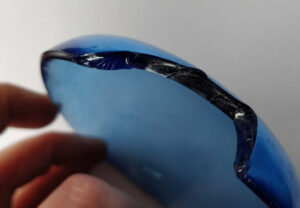
Too high humidity and temperature may cause unexpected failures which are not seen in actual use conditions.
It is very important to find the suitable test conditions, and to do this it is important to know the components you are testing. For example, you may have to consider how high temperature or humidity level you can use to age your components without causing some strange and totally irrelevant failures, and thus making the test useless waste of time. This is easier to do, when you have some knowledge of the materials used in the components, so it is useful to gather as much information as is reasonably available.
Use customized tests
One nice feature about comparison testing is, that normally there is no need to use test standards, or you can more freely modify them. This means that the test can be optimized for the studied component and therefore, even relatively complex combinatory tests may be used. For example, you could combine suitable electrical stresses, with high temperature and humidity to test several stresses simultaneously.
Combinatory testing naturally has risks. Analysing why failures occur is more difficult and this can cause problems, especially, if unexpected failure mechanisms are seen. However, in comparison testing this is usually not a major issue and combinatory testing can help to accelerate the test significantly.
Test enough – but not too much
In a good situation both new and old components seem to have excellent reliability and no failures or changes are seen. This is of course something you hope to see. However, in this case it might not be easy to decide how much testing is enough and can be considered to cover the lifetime of the tested structure. This is often the case especially, if you are in a hurry and need to decide which is the minimum time required.
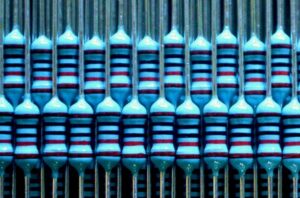 To estimate test duration, you can use simple reliability models. The models are not very reliable, but they are a good tool to study how the duration of the test relates to the use life in actual use conditions. Sometimes, you can also simply use product’s test requirements. Unfortunately, the decision is typically not easy to make.
To estimate test duration, you can use simple reliability models. The models are not very reliable, but they are a good tool to study how the duration of the test relates to the use life in actual use conditions. Sometimes, you can also simply use product’s test requirements. Unfortunately, the decision is typically not easy to make.
Testing is time-consuming and costs money. However, even if you are in a hurry of finding a new component, we warmly recommend doing some comparison testing. It is much nicer to find the reliability problems in the early stages of the process than finding them as failures in the field.

